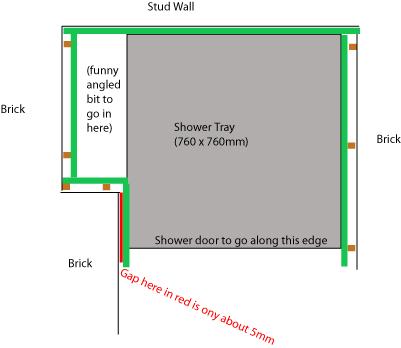Hi,
I'm trying to fix plasterboard over some old walls instead of rendering them.
Can I just screw board over old, reasonably level brickwork? If so, any recommendations for fixings?
Or do I need to batten first?
Do the answers change if:
- the board is to be tiled? (is it worth shelling out for special tileboard?)
- the board is to be tiled as a wall of a shower (is it worth shelling out for aquapanel?)
Thanks,
Chris
I'm trying to fix plasterboard over some old walls instead of rendering them.
Can I just screw board over old, reasonably level brickwork? If so, any recommendations for fixings?
Or do I need to batten first?
Do the answers change if:
- the board is to be tiled? (is it worth shelling out for special tileboard?)
- the board is to be tiled as a wall of a shower (is it worth shelling out for aquapanel?)
Thanks,
Chris


